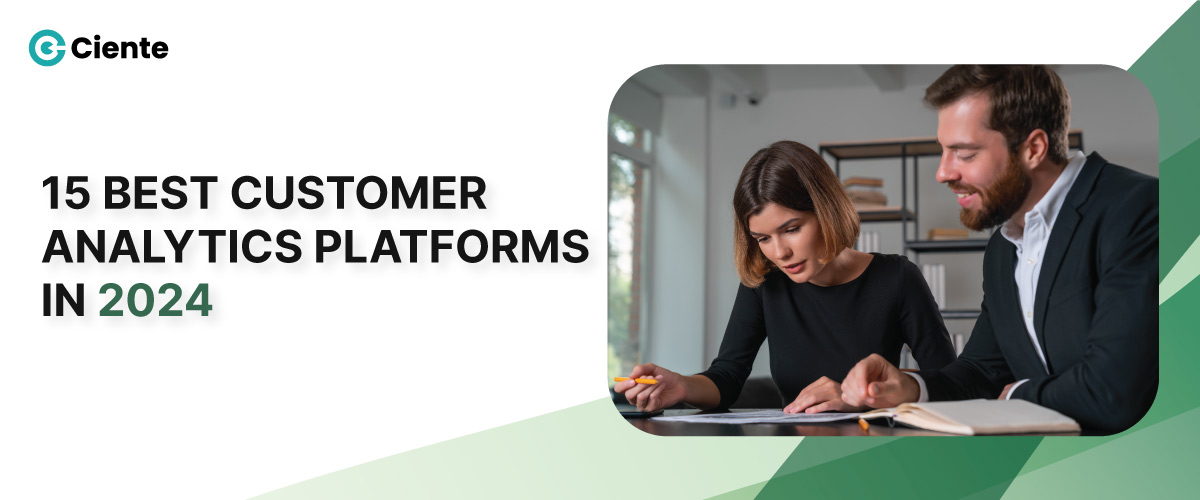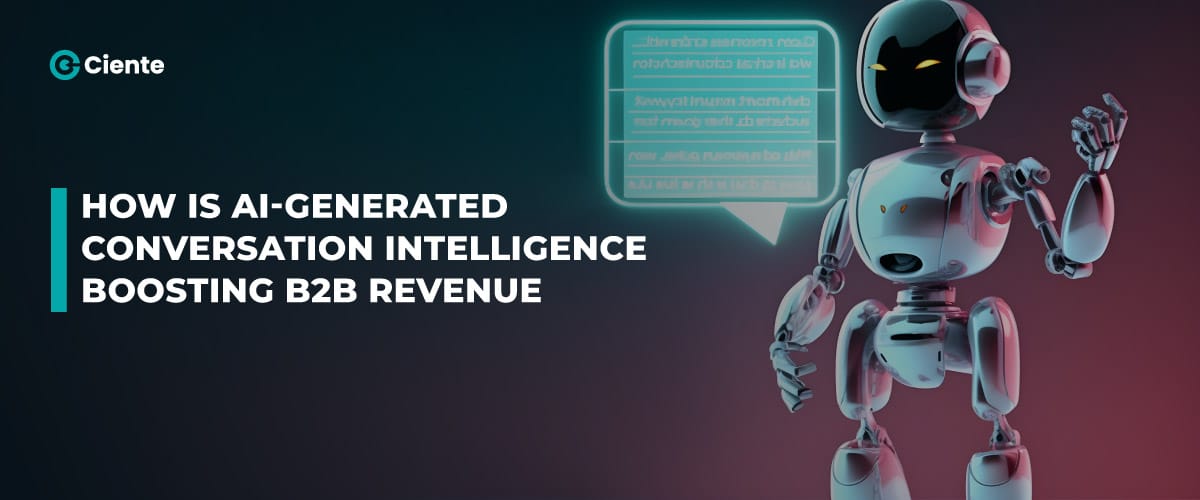
How to Use Data Analytics to Improve Customer Experience
A good CX can bring you closer to your brand

A good CX can bring you closer to your brand

The sales and marketing teams of every B2B brand invest

Consumers are now in control and expect relevant, personalized content

Fuel your B2B success with the magic of AI-Generated Conversation

Ditch the one-size-fits-all approach; personalized solutions are the key to

In this data-driven and information-rich world, micro-segmentation is marketers’ secret